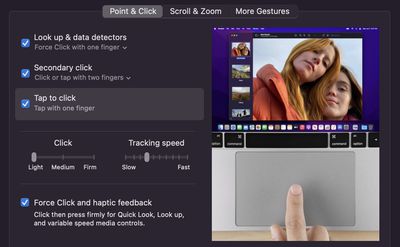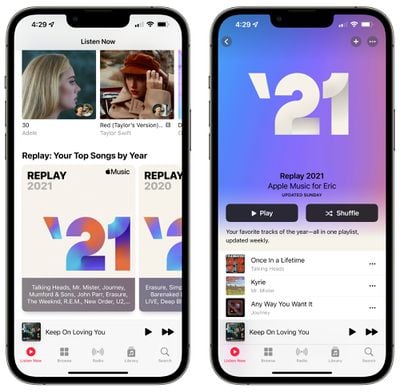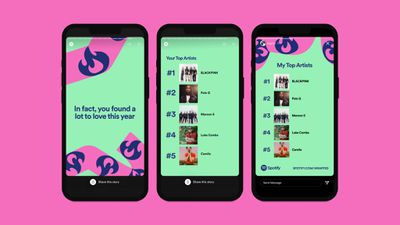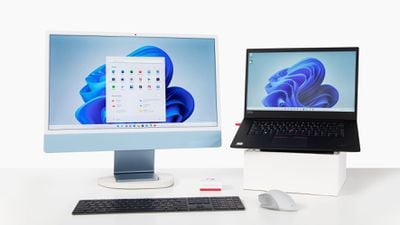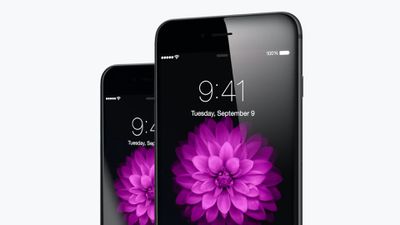Tears of Joy continued to be one of the most popular emoji used worldwide in 2021, according to the Unicode Consortium's list of the top emoji used throughout the year.

The 😂 emoji accounts for over five percent of all emoji use, and the only other emoji that comes close is the heart emoji (❤️).
Other top emoji in 2021 included rolling on the floor laughing face, thumbs up, loudly crying face, hands pressed together, face blowing kiss, face with hearts, face with heart eyes, and smiling face, or in emoji: 😂 ❤️ 🤣 👍 😭 🙏 😘 🥰 😍 😊.
The most popular emoji haven't changed much over the past couple of years, and in fact, crying laughing face and red heart were also the top two emoji in 2019, which was the last time that the Unicode Consortium shared emoji data. Other emoji on the list have shifted position and there are a few that are new to the top 10 list, such as thumbs up and face with hearts.
The Unicode Consortium also broke emoji down by category to discover the top used smileys, people emoji, symbols, clothing, animals, travel emoji, objects, and food emoji, with graphs of the frequency of use available on the Unicode Consortium website.

Party popper is the most popular event emoji, for example, followed by balloon and gift. Fire is the most popular weather emoji, unsurprisingly, and the most popular plant emoji is the rose. The butterfly is the most used bug emoji, and rabbit face is the most used mammal emoji.
Of the clothing emoji, the crown is the most popular, and the birthday cake is by far the most popular sweet food emoji. Hot beverage is the most popular drink emoji, and in the fruit category, strawberry takes the top spot.
More on the most popular emoji in 2021 can be found through the Unicode Consortium's full 2021 emoji breakdown.



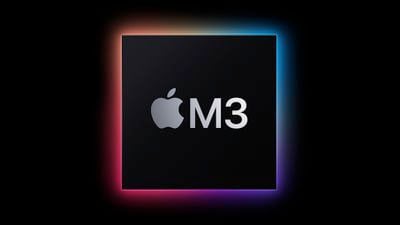
 Note: MacRumors is an affiliate partner with Amazon. When you click a link and make a purchase, we may receive a small payment, which helps us keep the site running.
Note: MacRumors is an affiliate partner with Amazon. When you click a link and make a purchase, we may receive a small payment, which helps us keep the site running.





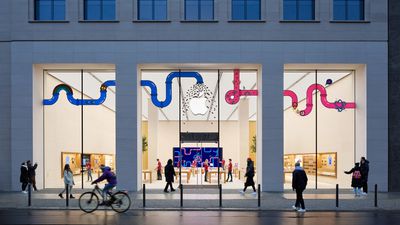
 Note: MacRumors is an affiliate partner with some of these vendors. When you click a link and make a purchase, we may receive a small payment, which helps us keep the site running.
Note: MacRumors is an affiliate partner with some of these vendors. When you click a link and make a purchase, we may receive a small payment, which helps us keep the site running.